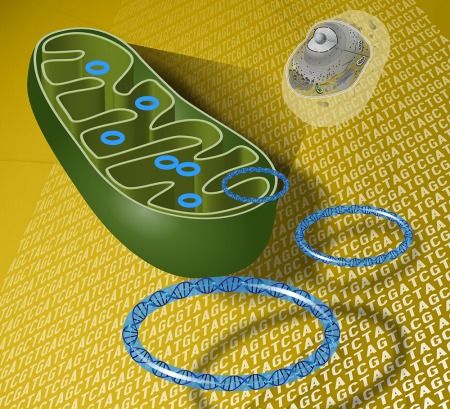Nov 22, 2016
New Method Could Make Quantum Computers a Reality Sooner Than We Thought
Posted by Karen Hurst in categories: computing, quantum physics
/futurism.com/new-method-could-make-quantum-computers-a-reality-sooner-than-we-thought/
In Brief
- Researchers have created quantum dot light-emitting diodes (LEDs) that can produce entangled photons, which could be used to encode information in quantum computing.
- As of June, the record for the most photons entangled at a time was 10. Before that, the record was eight and that could only be produced at a rate of around nine events per hour.
Researchers from the Tyndall National Institute have devised a method that would make entangling photons easier, and accelerate our journey towards the quantum computing age.
Continue reading “New Method Could Make Quantum Computers a Reality Sooner Than We Thought” »


















